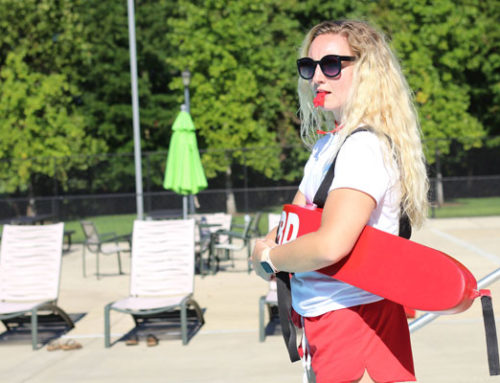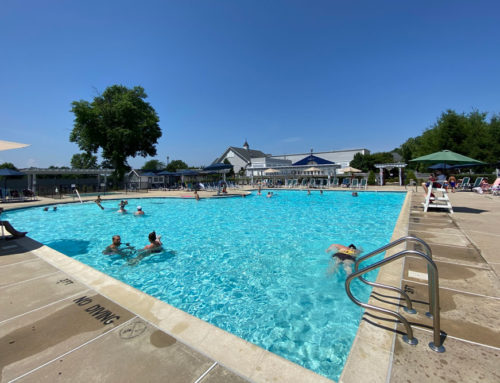As the manager of a pool facility, you rely on lifeguard services to keep your clientele safe. The lifeguards make sure there’s no horseplay, administer CPR in case of emergency and, in some cases, provide swimming lessons. However, this is not to suggest that lifeguards are supposed to take the place of parental supervision altogether. In fact, relying on lifeguards to supervise all the children in a pool at the same time can be dangerous if emergencies become unpreventable because he or she cannot devote enough attention to all the guests.
This is why lifeguards have to work in tandem with parents and guardians to protect children in the pool. In an effort to increase supervision, some facilities and even local governments enforce mandatory child-to-adult ratios as a condition of admission to the pool. In places like Auckland, New Zealand, such policies have become a source of friction, as reported by the Sunday Star Times, a local news source.
Poor supervision puts guests ‘in danger’
In 2013, a review of city pools in Auckland revealed that most water-related injuries were related to a lack of supervision of children. To rectify this, the city council passed legislation that imposed child-to-adult ratios at public pools. Specifically, one adult is allowed to accompany only two children under 5 years old; four children, ages 5 to 10 years; or one child under five, plus three children ages 5 to 10 years. However, enforcement of these ratios is left entirely up to the individual pools around the city.
Auckland resident Stacey Morunga and her husband Chris talked to the Sunday Star Times about their problem with the policy, which prevents either of them from going into a city pool to supervise their triplets.
“I was so frustrated at being treated like an irresponsible parent,” Morunga told the news source. “I understand why we need the guidelines and to keep an eye on the kids, but just let us be parents and look after our kids.”
However, Auckland Council Leisure Manager Rob McGee insisted that the task of keeping children safe in the pool cannot fall entirely on lifeguards.
“A lot of parents believe the role of the lifeguard is to be the supervisor,” McGee told the Sunday Star Times. “But the role of the lifeguard is to be scanning the pool and ready to respond to any incident. As soon as a lifeguard is distracted, others in the pool can be put in danger.”
Similar policies exist at other pools across New Zealand. Ideally, guests are informed of these ratios before they are even admitted to the pool so that there’s no confusion. As for the Morunga family, Stacey told the news source that her family may just wait for the triplets to reach 5 years of age later in 2015.
Aquatic skills are pivotal
The friction over the child-to-adult ratios only underscores the importance of teaching children how to swim as early as possible. Statistically, for every one child under 15 who drowns, there are 10 others who get sent to the emergency room for nonfatal submersion injuries, according to the U.S. Centers for Disease Control and Prevention. Such incidents can lead to permanent brain damage. However, the agency estimated that swimming lessons can reduce the risk of drowning by up to 88 percent among children ages 1 to 4 years.
Additionally, the American Red Cross has other tips to help optimize pool safety. These include avoiding distractions while supervising children in the water, making sure no one swims alone and enrolling in classes that teach first-aid techniques, including CPR.






